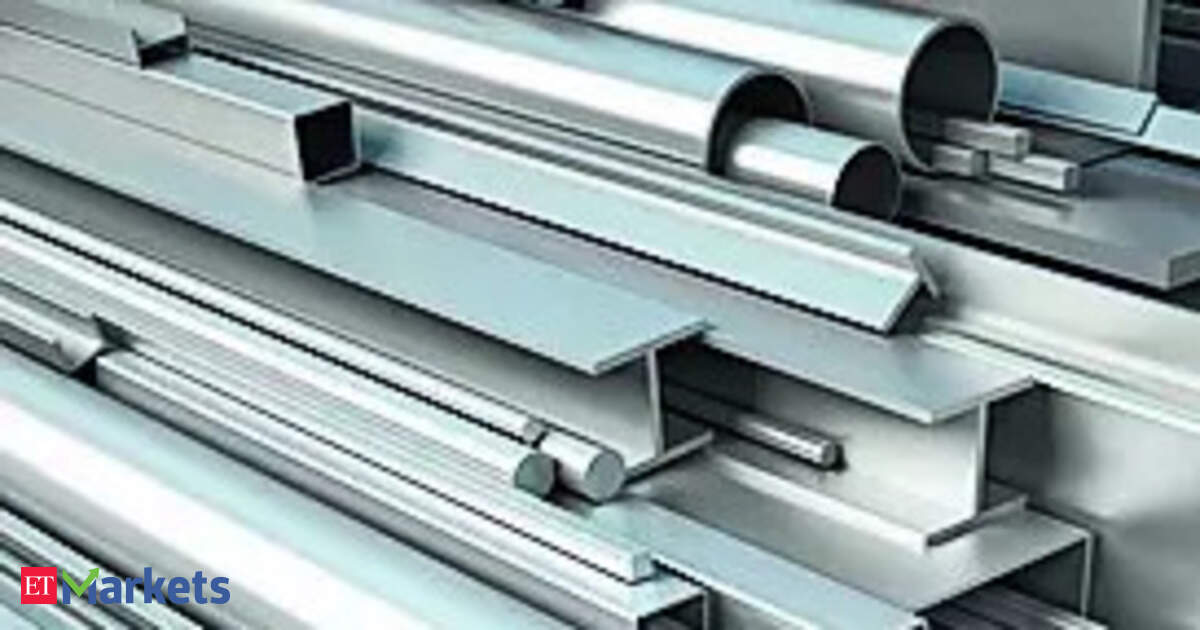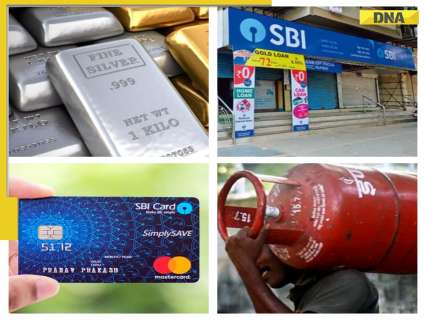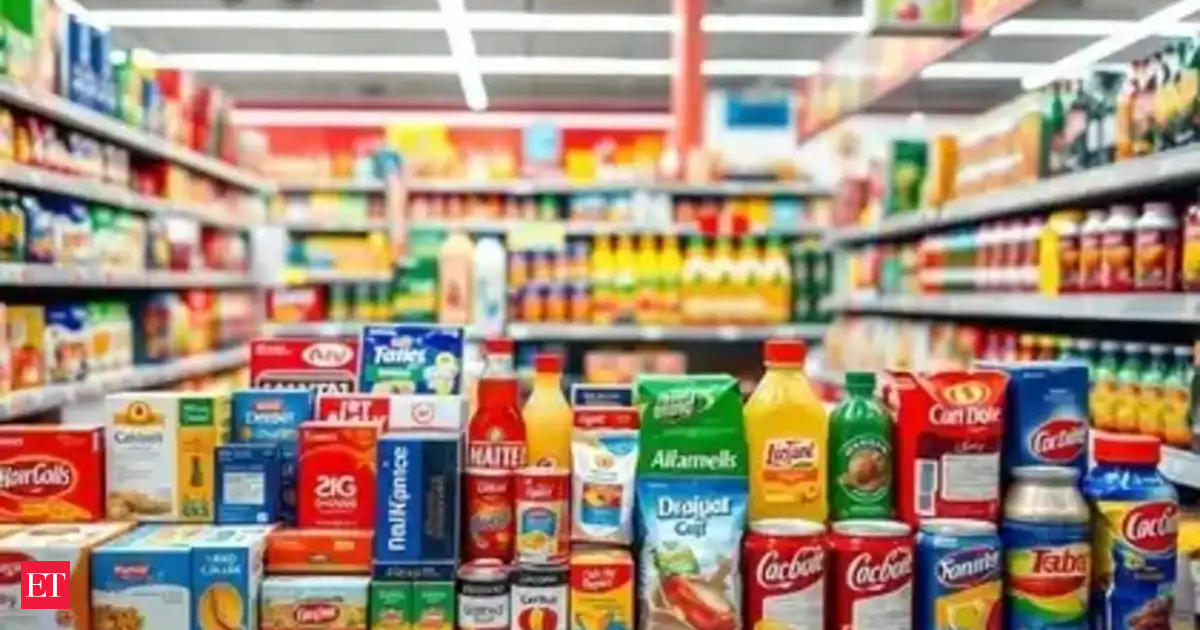Now Reading: Ferrous Metals Shine in Q1, Non-Ferrous Face Challenges
-
01
Ferrous Metals Shine in Q1, Non-Ferrous Face Challenges
Ferrous Metals Shine in Q1, Non-Ferrous Face Challenges

Speedy Summary:
- Metal sector’s June 2025 quarter performance highlighted contrasting results for ferrous and non-ferrous producers.
- Ferrous companies: Profit growth driven by higher domestic steel prices, falling coking coal costs, and government policies like the 12% safeguard duty on select flat steel products (enforced as April). Steel imports declined by 29% in the quarter. Notable performers include Tata Steel and JSW Steel; SAIL faced challenges due to inventory drawdowns. Sector EBITDA grew to Rs21,000 crore, exceeding expectations.
- Non-ferrous firms: Weak aluminium and zinc prices impacted revenue and profitability; sector posted a sequential EBITDA dip of 15.2% to Rs20,900 crore. LME aluminium prices fell by 7% sequentially, while alumina prices dropped further year-on-year by up to 31%. Zinc price recovery signals potential improvements for September quarter earnings.
- Monsoon season could weaken construction-driven steel demand in Q3FY26 but may be offset partially with cost reductions from falling input costs.
Indian Opinion Analysis:
The divergent outcomes between ferrous and non-ferrous metal sectors indicate varying economic dynamics shaping india’s industrial landscape. Ferrous metals stand resilient due to tailored domestic policies such as safeguard duties curbing cheap imports-a strategic move strengthening local players amid economic pressures-while benefiting from reduced raw material costs like coking coal. In contrast, non-ferrous firms face profitability squeeze owing primarily to unfavorable global commodity trends such as declining aluminium/zinc rates on international benchmarks.India’s pursuit of protecting its steel industry via tariff measures portrays long-term efforts toward self-reliance (“Atmanirbhar Bharat”),which can reinforce domestic manufacturing competitiveness against global pressures if sustained prudently alongside infrastructure demand generation autonomy enabling positive gains nationally longer-term base resource resilience’.
complete news here.



























